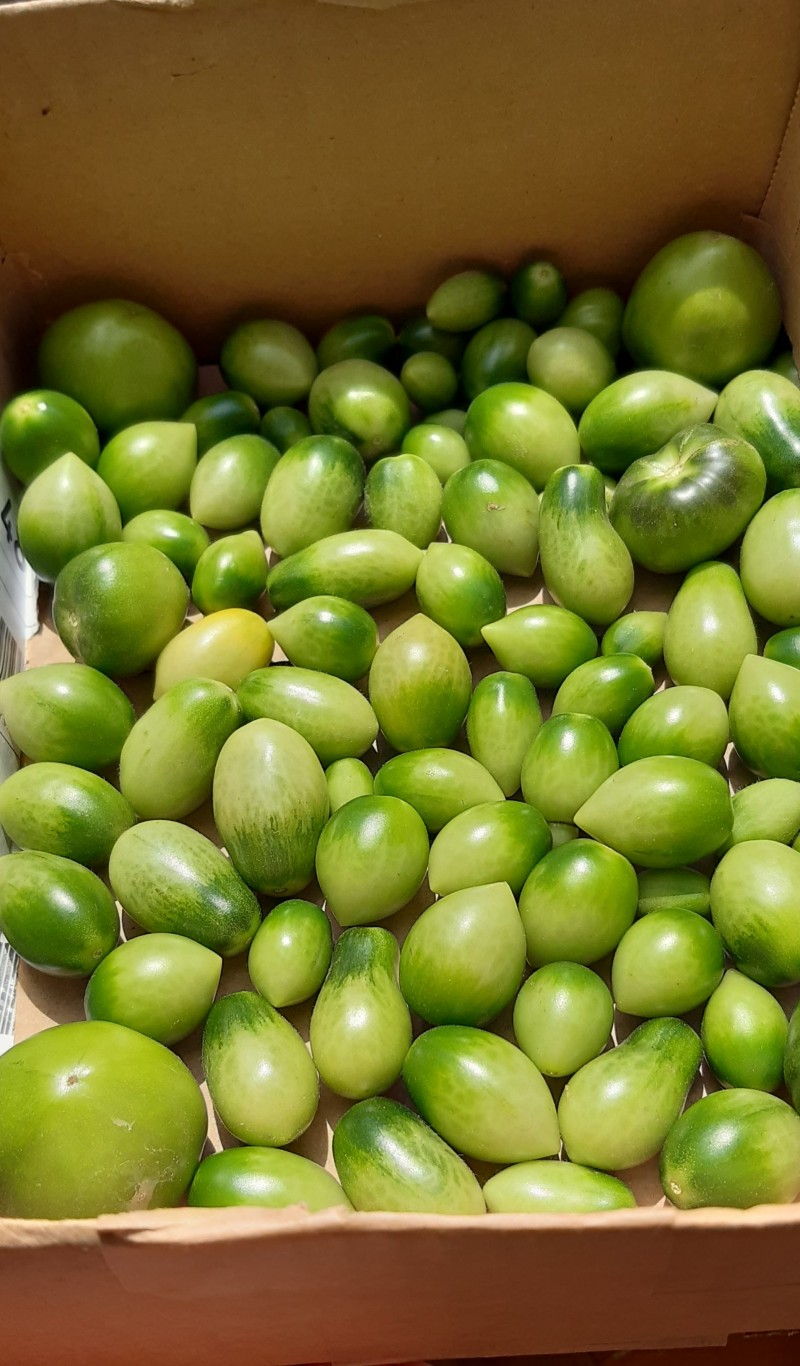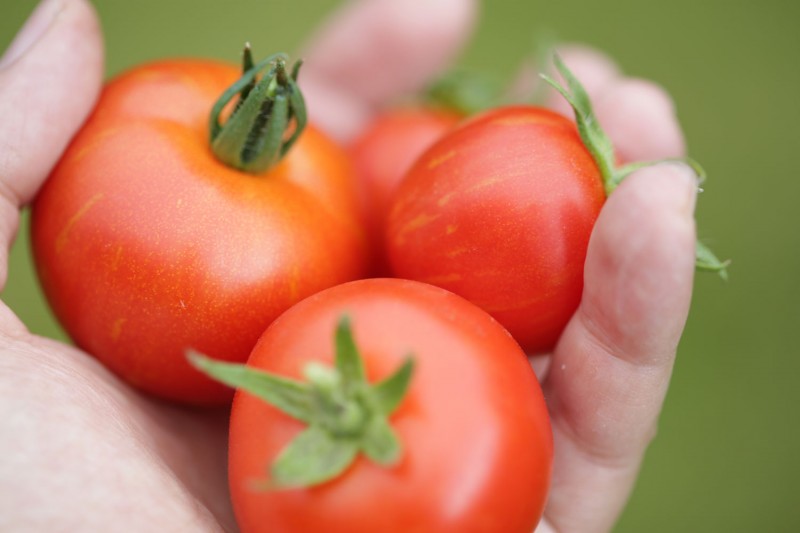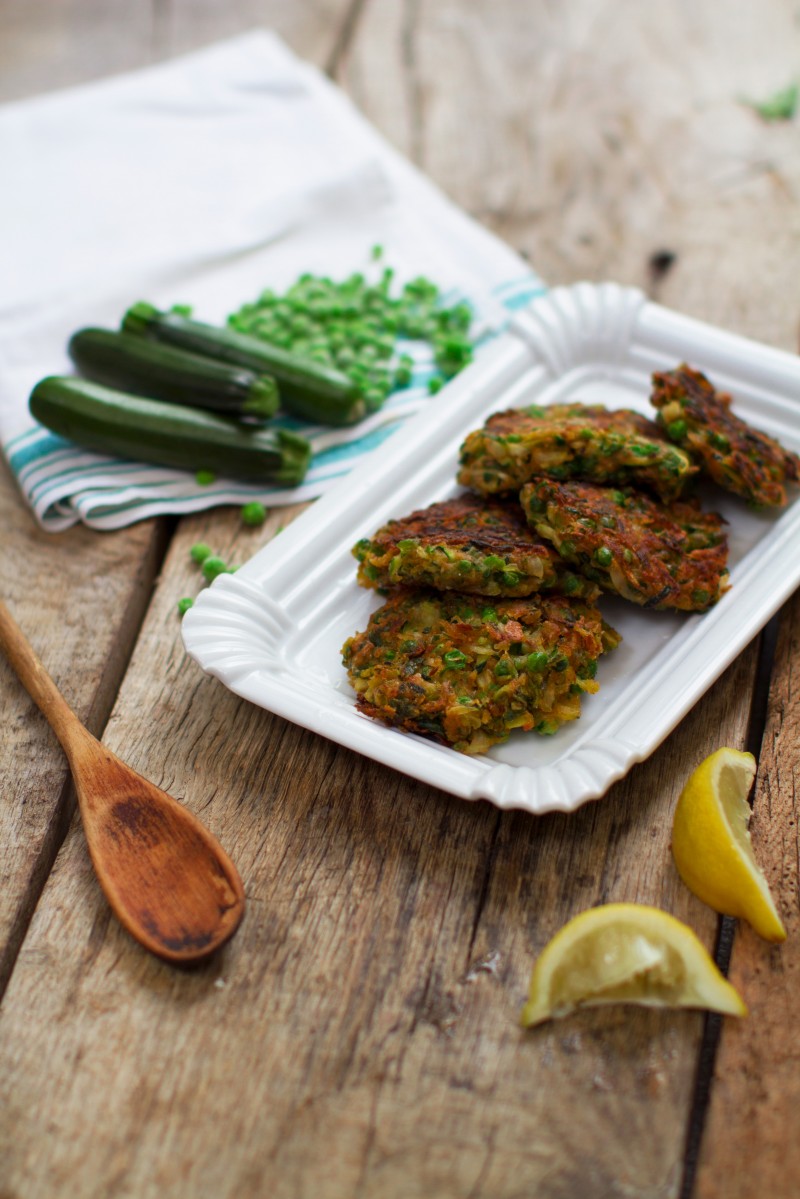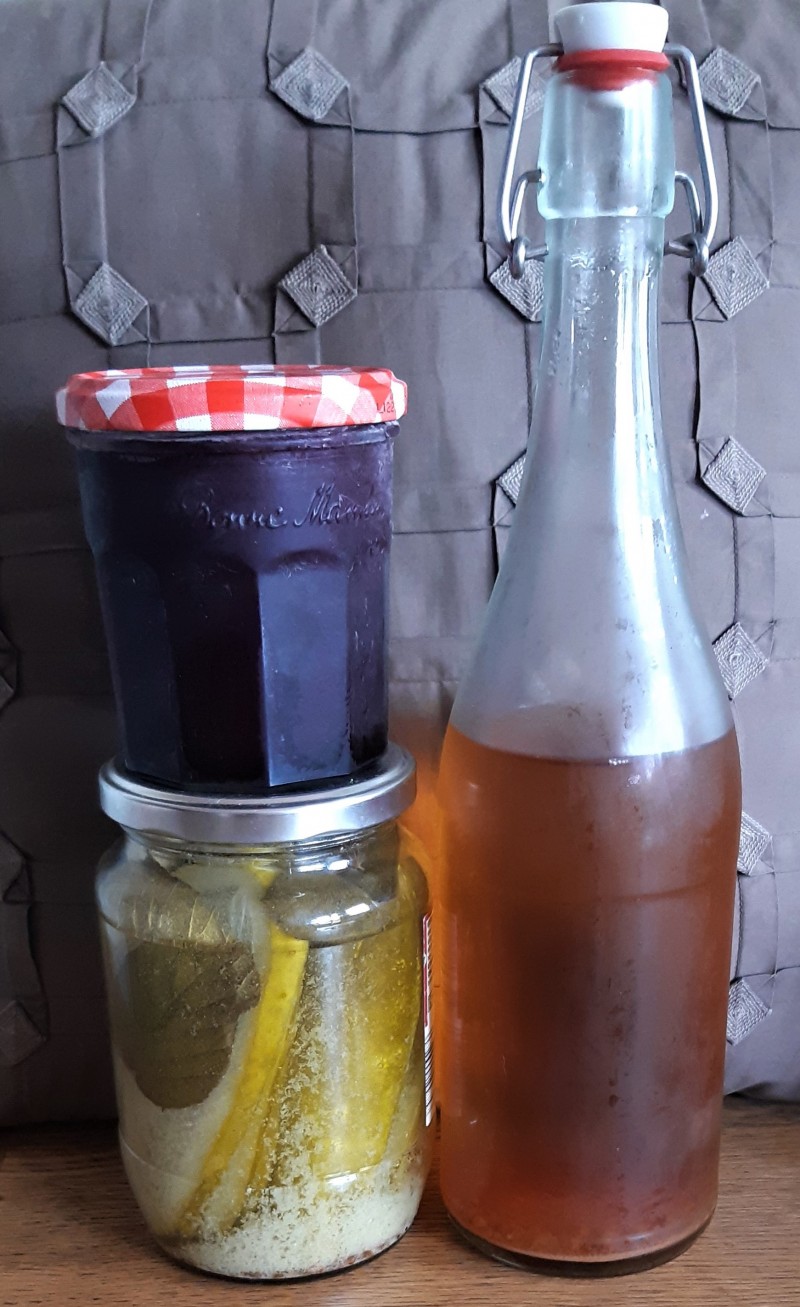There has been a rise in self-sustainable gardeners in recent years.
Many people are still on the waiting lists for getting an allotment because of high demand. Those who couldn’t get a veg patch this year perhaps got inventive and decided to grow from their own gardens. Flowerpots, raised beds, soil growbags or even potato sacks make a great starting point.
We all know that nature can be loving and generous, but sometimes unforgiving. This year’s heatwave might have killed some plants off or upset them with a drastic change of weather, hence the harvest this year might not be as fruitful, or much later than expected.
Of course, there are plants that thrive in hot weather as long as they have plenty of water. If you previously grew tomatoes in a greenhouse, this year the tomato plants were just happy in the heat with plenty of water. That brings another issue – the tomatoes ripening so fast you might not keep up with eating them.
What to do with all these extra vegetables?
 Self-sustainability might be your hobby, or it could be a new way of living because of rising living costs. It might be not feasible or even counterproductive to have a separate fridge for your harvest. That means we must learn or remind ourselves how to preserve, pickle and make jams.
Self-sustainability might be your hobby, or it could be a new way of living because of rising living costs. It might be not feasible or even counterproductive to have a separate fridge for your harvest. That means we must learn or remind ourselves how to preserve, pickle and make jams.
Most vegetables would keep longer as a whole if they are stored in a cool, dry, and dark area. The fridge is not ideal for this, but if you don’t have an outdoor building or have a majority of soft skin vegetables as your harvest, for example courgettes or bell peppers, these could benefit from refrigeration.
Tidy around by removing onions and potatoes from the fridge to make space. If you can, store potatoes away from onions. The onion encourages the sprouting process in potatoes. Storing potatoes in a very cold place makes them sweeter. Also, an unwashed harvest is more likely to keep for longer. You could brush off some soil lumps, taking care not to injure the vegetables.
Tomatoes are great for later usage. When the tomato plant starts to look a little sad, with its leaves getting browner and struggling to hold the tomatoes, I suggest picking them all and keeping them in a carboard box – ideally in one layer. If you have more tomatoes, separate them with a piece of paper before you add another layer on top. Store in a cool and dry place if you like them to ripen slowly. If you are in a rush, perhaps because lack of space, then storing in a warmer area will speed up the ripening process. Do check now and then how are they doing. You might get an odd one which starts to rot or develops some mould. Discard those tomatoes and remove the tomatoes which have ripened. Ideally enjoy tomatoes at room temperature; it enhances the flavour. You could also use a couple of unripened tomatoes for making your sauces a little more acidic.
 Courgettes are more versatile than you think, not only making ‘courgetti’ – courgette spaghetti. They are also great in cakes, salads and even compotes. Courgettes could be preserved in chunks in acidic tomato sauce – so growing both is a way to preserve both in one jar. Also, courgettes are great with pears or apples, perhaps with a hint of lemon or orange. They could be enjoyed on top of pancakes later in the year.
Courgettes are more versatile than you think, not only making ‘courgetti’ – courgette spaghetti. They are also great in cakes, salads and even compotes. Courgettes could be preserved in chunks in acidic tomato sauce – so growing both is a way to preserve both in one jar. Also, courgettes are great with pears or apples, perhaps with a hint of lemon or orange. They could be enjoyed on top of pancakes later in the year.

Air-drying: one of those ways of eating vegetables or fruits as a snack. We eat with our eyes. If we have a box of chocolates in front of us when we get peckish, we won’t be walking to the kitchen to grab an apple. But if we had some dehydrated pears and apples on the table, those would be a healthier nibble before lunch time.
Pickling cucumbers is another great way of preserving them: adding garlic cloves, maybe a leaf from a blackcurrant or bramble bush, mustard, dill or coriander seeds. Each jar could be a different flavour combination. Some varieties stay crunchier than others.

Do have a look which method is the most convenient for you, since the pickles and jams will need to be stored in jars, ideally in a cool and dark place. Perhaps you have a large freezer and would prefer cutting vegetables or fruits into cubes and freezing them for stews, soups or crumbles? It is possible to pre-make apple pies and freeze them until you desire one and it is all home-made by you. You can’t get better than that.
Experiment with different flavour combinations. You name the vegetable, fruit, or berry, and I am pretty sure that there is a chutney recipe for it.
It is not too early to think about Christmas, and which chutney you will serve with your cheese platter. Surprise everyone with home-made chutney made with ingredients from your garden and flavours no one can buy from a shop. It is also a great home-made Christmas gift. Perhaps this year you would like to keep it heart-warming, but simple? Everyone appreciates a consumable gift. I certainly do.
Share below your creative ideas for preserving home-grown goods – or perhaps interesting flavour combinations which turn out to be a success.
Grow it now and enjoy it later!
Categories:
Articles
Life After Retirement
Recipes